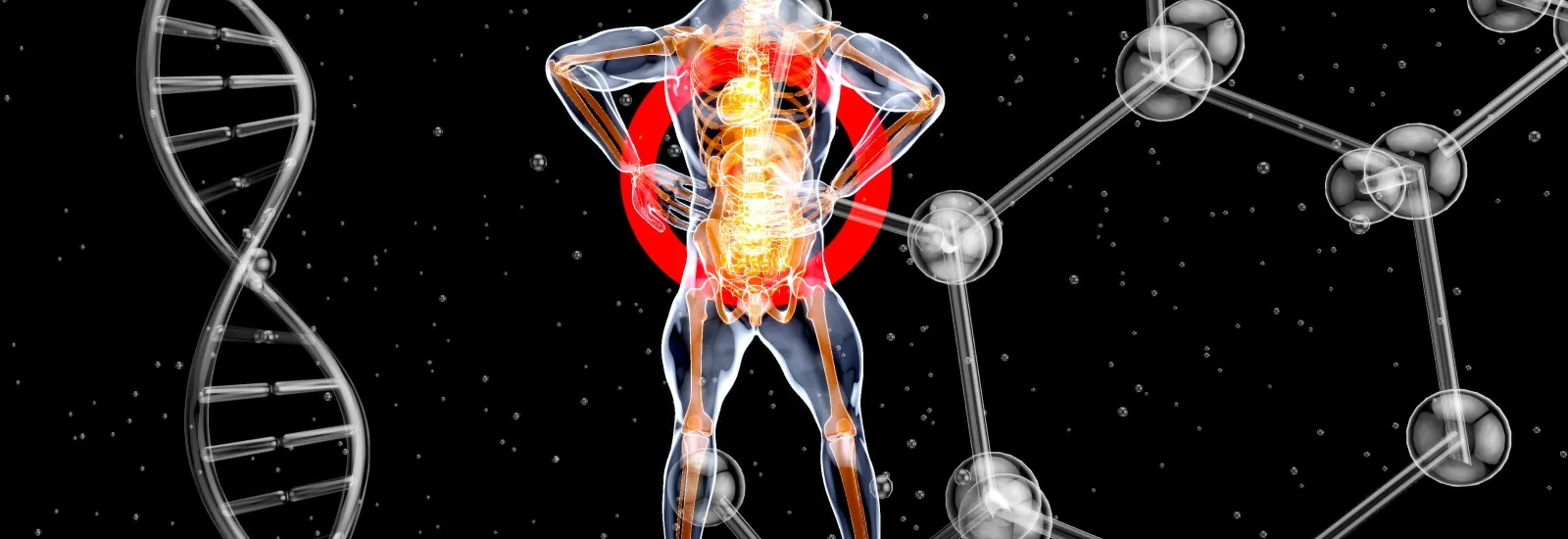
Identify and act on your gallstone symptoms
3-minute read
The gallbladder functions silently, and we usually don't
even know it's there. It's a small, pear-shaped organ that sits just underneath
the liver in your upper abdomen, and its job is to store bile until it's needed
to break down fats in food. Trouble starts when bile crystallizes into tiny
stones known as gallstones. These gallstones block the release of bile into the small
intestine and cause intense pain, one of the main gallstone symptoms. When gallstones
cause a painful blockage, it's called a gallbladder attack.
Gallstones
are made mostly of hardened cholesterol (called cholesterol stones) and they
can form after eating a fat-heavy meal. Gallbladder attacks are so intense you might
mistake the pain for appendicitis.
The other main type of gallstones, called pigment stones, are
composed of bilirubin and calcium salts. Pigment stones can be associated with liver
disease, bile duct infection, or certain types of anemia.
Who's at risk for gallstones?
Gallstones are much more prevalent in women because estrogen
increases cholesterol in the bile. Women who take estrogen therapy or birth
control pills have a higher risk for gallstones and gallstone attacks.
Some chronic conditions, such as diabetes and spinal
injuries, can affect the gallbladder's ability to contract and release bile as
needed, raising your risk for gallstones. Rapid weight loss, primarily through
bariatric surgery, also puts you at high risk.
Gallstone attacks hurt
When gallstones develop and block the common bile duct or
disrupt the biliary system's processes, you might feel intense pain, called
biliary colic, in the upper abdomen. The upper abdomen houses other organs,
too, so getting to an emergency department is critical to ensure your symptoms
are assessed and any other more severe issues can be eliminated.
If your medical provider suspects you're having a
gallbladder attack, you'll have a physical exam and an abdominal ultrasound. If
necessary, your provider might run other tests, including magnetic resonance
cholangiopancreatography. During this test, a scope goes into your
stomach and views the biliary ducts so your provider can see what's causing the
issue.
Treatment options
You might not need treatment for gallstones, especially if
they don't cause symptoms, and most people are unaware they have gallstones at
all. However, if you have a gallstone attack that causes biliary colic, you'll
likely need to have the stones or your gallbladder removed to prevent further
issues.
Although medications can dissolve some stones over time, the gold standard for gallstone
attack prevention is laparoscopic
gallbladder removal. You
might have heard of a treatment called shockwave therapy, in which
electromagnetic waves sent from outside the body obliterate the gallstones, but
it's performed very rarely and gallstones can come back after treatment.
Luckily, our bodies can conduct bile as needed to the small intestine through different routes, so gallbladder removal is generally a straightforward solution. It's vital to have gallstones addressed so they don't turn into a more serious condition, including cancer.
Make an appointment with one of our general
surgeons at Reid Health to discuss gallbladder concerns and solutions.

